
Photo depicting the newly discovered whale species (Photo: Victory Museum).
Scientists have just announced a unique discovery when successfully excavating the fossil of Janjucetus dullardi, an ancient whale species, on the southeastern coast of Australia.
The most surprising thing is its modest size, as this ancient whale was only about 2 meters long, equivalent to an adult human.
Compared to today's giant whales that can grow to tens of meters in length, J. dullardi is truly proof that whales were not always the "giants of the ocean".
This species lived about 26 million years ago, in the waters south of the Australian continent. Although small and somewhat cute, J. dullardi was certainly a formidable predator, dominating its corner of the ocean.
They had large eyes and razor-sharp teeth, leading paleontologist Ruairidh Duncan to liken them to “a whale with a miniature shark appearance.”

Size comparison of J. dullardi whale with a modern fin whale, and a human (Photo: Science Alert).
This is also the first time in Australia that fossils belonging to the Mammaliaodontid genus, an extinct branch of ancient baleen whales, have been found with both teeth and inner ears intact.
According to scientists, the structure of J. dullardi's inner ear and teeth provide insight into its ability to sense and navigate underwater, and reveal differences compared to today's whales.
Although classified as a baleen whale, J. dullardi had teeth instead of baleen plates to filter plankton. This suggests that they were an important evolutionary intermediate, helping to explain why the Mammaliaodontid group went extinct while other whales continued to thrive.
Experts also stress that giant whales only began to grow large in size about 5.3 million years ago, after tiny species like J. dullardi disappeared.
This discovery thus not only provides rare fossil data, but also adds an important piece to the complex evolutionary story of whales.
“The ancient seas around Victoria may have been home to some of the most bizarre whales in history, and we’re only just beginning to unravel them,” says Museum Victoria palaeontologist Erich Fitzgerald.
“This fossil, for example, opens a new window into how ancient whales evolved, changed their bodies, and adapted to the ocean.”
Source: https://dantri.com.vn/khoa-hoc/phat-hien-loai-ca-voi-co-kich-thuoc-bang-con-nguoi-20250819080831316.htm





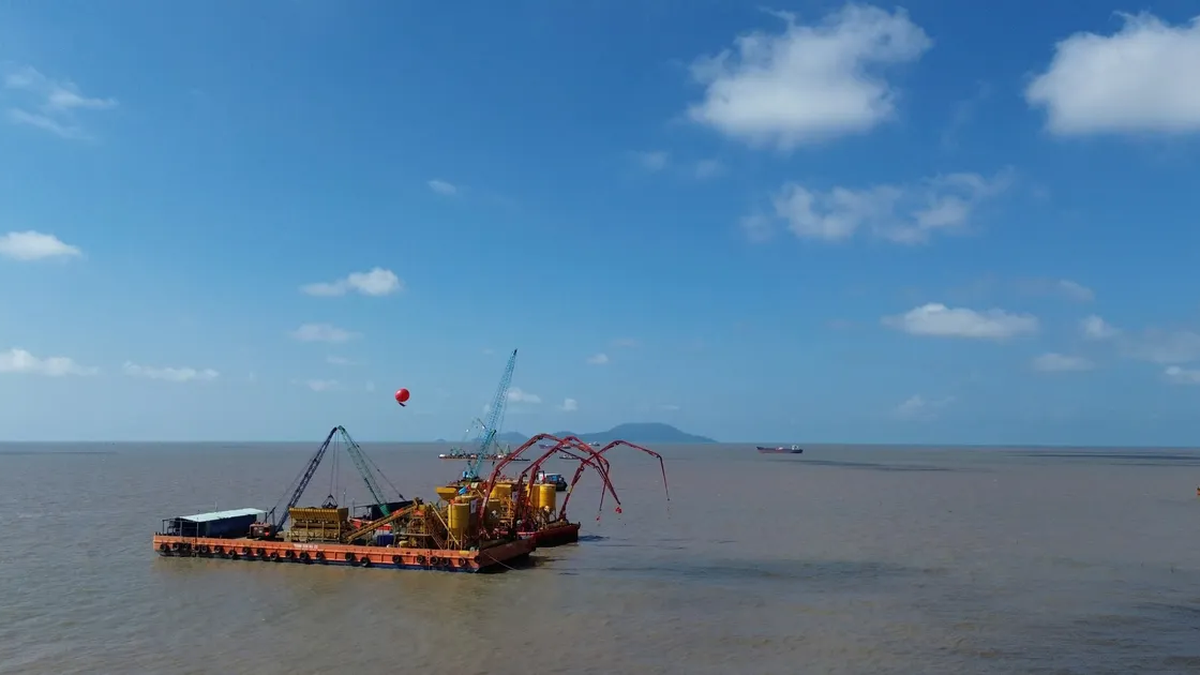
















![[Photo] General Secretary To Lam and President Luong Cuong attend the handover ceremony of the Presidential Office Headquarters](https://vphoto.vietnam.vn/thumb/1200x675/vietnam/resource/IMAGE/2025/8/19/a37cfcbd301e491990dec9b99eda1c99)
![[Photo] General Secretary To Lam attends the inauguration and groundbreaking ceremony of 250 projects to celebrate National Day](https://vphoto.vietnam.vn/thumb/1200x675/vietnam/resource/IMAGE/2025/8/19/3aa7478438a8470e9c63f4951a16248b)
![[Photo] President Luong Cuong holds talks with King Jigme Khesar Namgyel Wangchuck of Bhutan](https://vphoto.vietnam.vn/thumb/1200x675/vietnam/resource/IMAGE/2025/8/19/c30721857ff84d7cbd498ddaee712ad3)

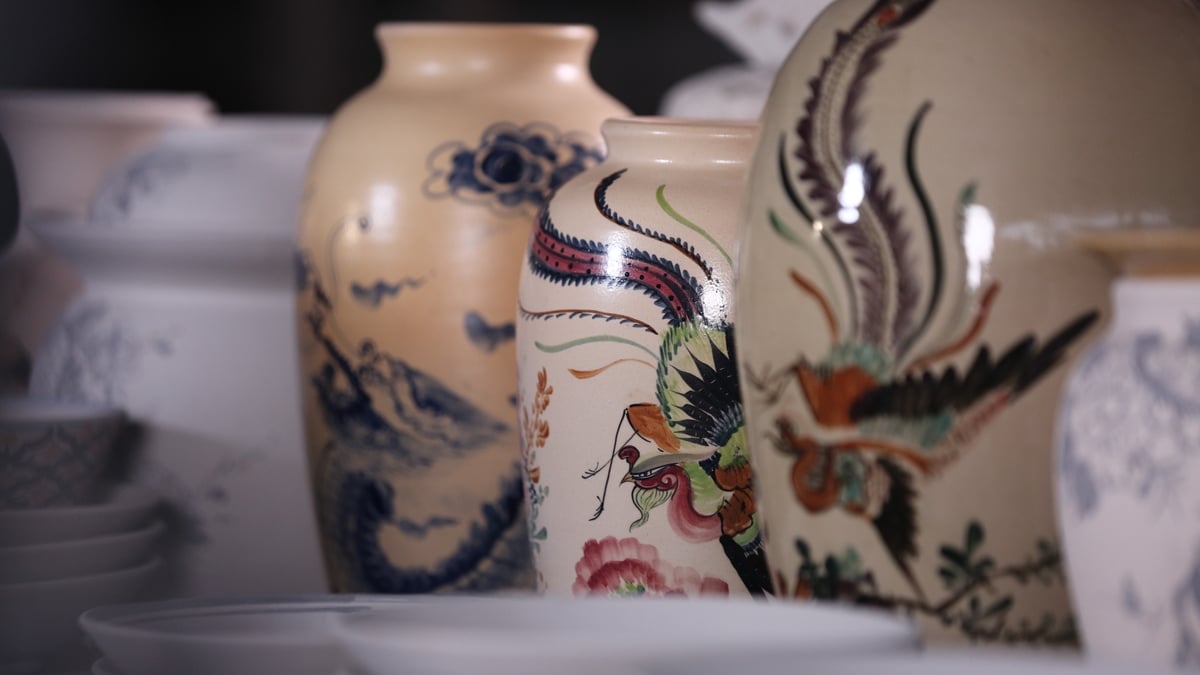



![[Photo] Close-up of the first International Financial Center building in Ho Chi Minh City](https://vphoto.vietnam.vn/thumb/1200x675/vietnam/resource/IMAGE/2025/8/19/3f06082e1b534742a13b7029b76c69b6)



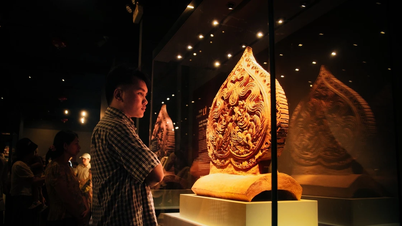



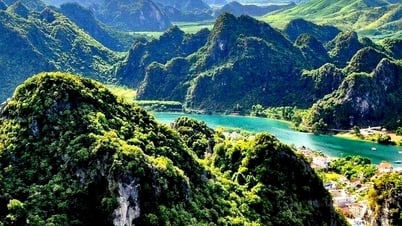







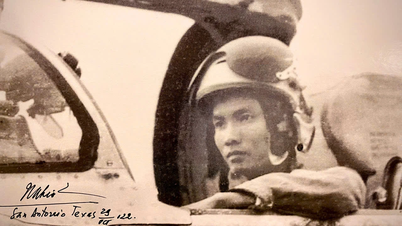
















































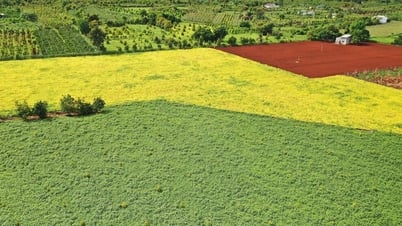






Comment (0)